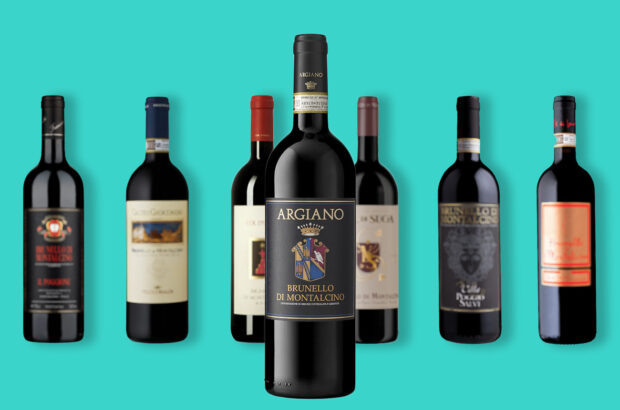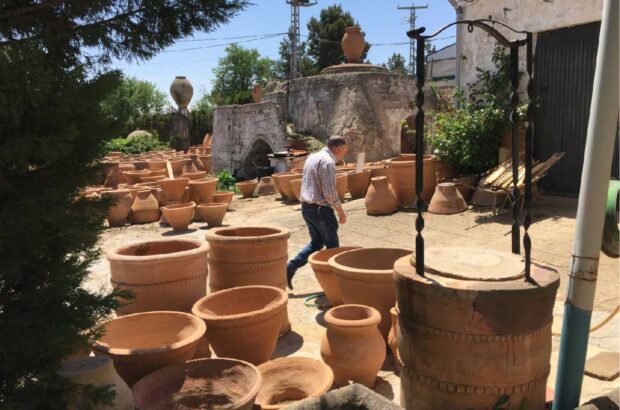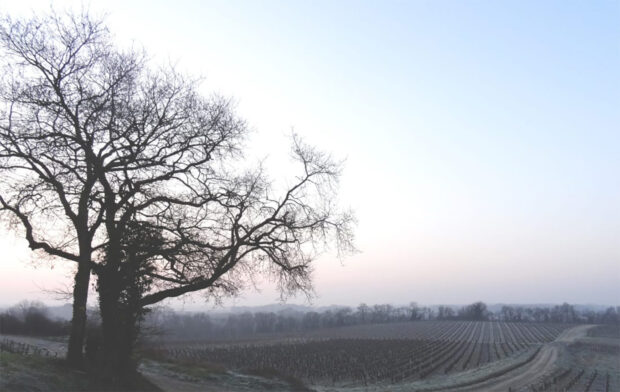When was the last time you bought a bottle of Morey-Saint-Denis? Despite the distinction of its vineyards, this is one of the least known villages of the Côte de Nuits, and has had to struggle for the same kind of recognition as its better known neighbours, Gevrey-Chambertin to the north and Chambolle-Musigny to the south.
Laurent Ponsot, one of the village’s best known growers, explains why its profile has always been low: ‘Before the appellation contrôlée system was established, Morey was usually sold under the name of Gevrey, Chambolle and even Pommard. The following decades, the 1940s and 1950s, were difficult commercially, and it wasn’t until the 1970s that our wines began to receive recognition.’
In addition, its best known crus – Clos de la Roche, Clos de Tart and Clos des Lambrays – all had their own identities, and many a drinker who enjoyed a Clos de Tart may not have realised that the wine came from Morey. Indeed, a sizeable swathe of 40 hectares (ha) of Morey consists of grands crus. In addition to those mentioned above, it shares a portion of Bonnes Mares with Chambolle, with Clos Saint-Denis to the north of the village. The 17ha Clos de la Roche is usually the richest of these grands crus, with the greatest ageing potential, whereas Clos Saint-Denis shows more finesse.
Morey is geologically complex. Fault lines criss-cross the commune, so the Morey vineyards are divided into individual sites. There are 39 hectares designated as premiers crus, but 25 individual premiers crus. Many growers, who would typically have a few rows in three or four crus, simply blend them into a Morey premier cru bottling. It makes sense, but lacks commercial allure. Another reason why Morey has remained obscure.
It’s a fascinating village, with its broad band of grands crus on the mid-slope, just above the premier cru and village vineyards. Interestingly, the higher slopes are often planted with white vines. The Ponsots’ famous Monts Luisants is high up on the Gevrey side, cool and well suited to white grapes. On the Chambolle side, high above Clos de Tart, Bruno Clair and Jacques Seysses have planted white vines. Laurent Ponsot notes that before phylloxera struck, the high slopes were always planted with Aligoté and Gamay. Ponsot is best known for its Clos de la Roche Vieilles Vignes, but has other grands crus including Clos Saint-Denis and Chambertin. Now that most Burgundy estates take a common view on matters such as ploughing the soil, adding compost and avoiding filtration, Laurent Ponsot stands out as an individualist. Although his practices are close to organic, he steers clear of official organisation. Unlike many of his peers, he opposes green-harvesting, preferring to limit yields by hard pruning and green cover in the vineyards. His vinification is non-interventionist. He uses no sulphur dioxide, has no views on destemming, ferments to high temperatures, and dislikes new oak. The wines are aged for two to three years in older barrels and bottled without fining and filtration. The white Clos Monts Luisants is made mostly from Aligoté planted in 1911 – it does not go through malolactic fermentation and can be ferociously acidic when young. It matures to a vigorous, nutty, old-fashioned complexity. Ponsot even eschews sulphur during bottling, preferring a complex system of bottling by gravity from tanks sealed with a layer of nitrogen gas. ‘I know it’s risky,’ he says, ‘but it’s a calculated risk. Often the wine loses colour soon after bottling, but after about 10 years, the colour mysteriously returns!’
The problem with this approach is that things can go wrong. The 1994s and 1995s were pallid and washed out, although the 1998s are more robust and dense, especially the magnificent Clos de la Roche. But given the wines’ high prices, consumers can be forgiven for any reluctance to share Laurent Ponsot’s enthusiasm for risk taking.
Jacques Seysses
Jacques Seysses’ Domaine Dujac is one of the best in northern Côte de Nuits. Seysses does not destem either, arguing that this gives a more even spread of temperature during fermentation. The stems also absorb colour, which is why the wines can be pale. The wines, including Clos de la Roche, Clos Saint-Denis and Morey, are aged in mostly new oak, yet rarely taste oaky thanks to light toasting. Elegant rather than extracted in style, they age beautifully.
Pierre Amiot
There are major changes chez Pierre Amiot. His sons Didier and Jean-Louis have taken over and favour organic cultivation. They also green-harvest to curb their more productive clones. Their holdings include three premiers crus, as well as Clos de la Roche and Clos Saint-Denis. These cru wines are aged in 20 to 50% new oak, and bottled early to conserve the fruit. In the past I found them disappointing, even the 1996s, but since 1997 they have been better, and the 1998 Clos de la Roche is splendid.
Hervé Arlaud estate
The Hervé Arlaud estate started life as a nursery, but now has 12ha of vines, including three premiers crus (the Millandes is usually the best), plus Clos de la Roche and Clos Saint-Denis. The cellars are in Nuits-Saint-George, and since 1998 the property has been run by Cyprien Arlaud. The vineyards are ploughed and no chemicals are used. Arlaud favours a long, slow fermentation at modest temperatures and gives the wines a high dose of new oak. Praise from Robert Parker has bathed this estate in limelight and the wines are, indeed, very good. Made in a fruity supple style, they are approachable young.
Lignier growers
Fifteen years ago there were two growers called Lignier in Morey. Hubert was usually overshadowed by Georges. Now things have changed and, for some years, Georges has been producing dilute, mediocre wines, while Hubert and his eager son Romain have gone from strength to strength. Romain selects his grapes at harvest to avoid any trace of rot or unripeness, and yields are kept low. The top wines, such as the 1997 and 1998 Clos de la Roche, are powerful and concentrated with a pronounced cherry flavour. Look out too for the silky Morey Chaffots and the Morey Premier Cru Vieilles Vignes, a blend of 50-year old vines from two vineyards. Intervention is minimal. As Romain explains: ‘I don’t pump the wines and they aren’t filtered or fined. What you taste in barrel is almost identical to what you will taste in the bottle.’
Christophe Perrot-Minot
The new star in the village is Christophe Perrot-Minot. Most of his vineyards lie in Chambolle or Gevrey, but he has old vines in Morey La Riotte. The must is given a cold soak for about eight days before fermentation begins. The wine is aged in up to 50% new oak, with no racking until shortly before bottling, which is performed without fining or filtration. Yields are low and the wines are admirably concentrated, but lack subtlety. They have tremendous punch and are rich, jazzy and bold, but without great finesse. But there is no doubt that the raw materials at Perrot-Minot are first rate and the winemaking skilful and assured.
Other producers
Some good producers of Morey are based in other villages. There is delicious premier cru Millandes and Clos Saint-Denis from Heresztyn; and vigorous spicy Morey from Lechenault in Nuits-Saint-Georges. Marchand Frères, now in Gevrey, make a sound if chunky Clos de la Roche. Christophe Roumier’s monopole Clos de la Bussière is consistently delicious, if earthy. Also in Gevrey, Charles Rousseau makes a reliable Clos de la Roche, though it lacks richness. Drouhin makes a premier cru Clos Sorbé which is pure and elegant.
There are still some growers whose wines are tough, diluted and rustic but, overall, Morey is a satisfying wine. At its best it is rich without being coarse, balanced if not hugely refined, and with ample potential for long life, especially from its grands crus. The wines are not as cheap as they used to be, but offer better value than a routine Gevrey or Nuits-Saint-Georges.












